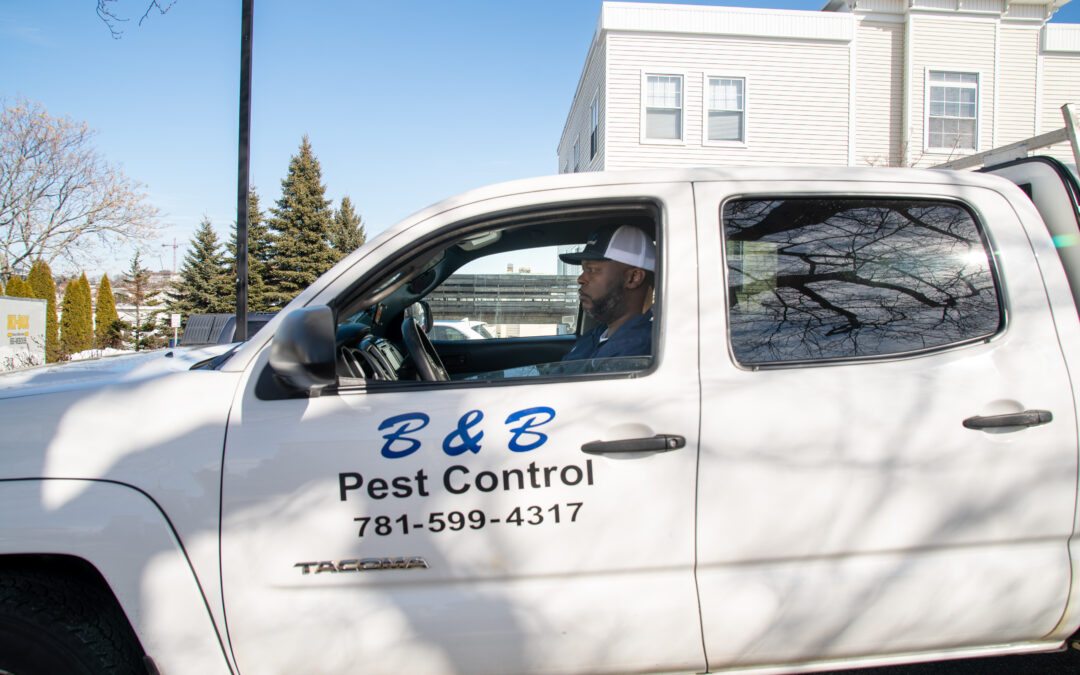Imported from countries around the Mediterranean sea, the house centipede likes to settle into the dark, humid corners of our homes. It is a venomous predator species, unlike its close herbivor cousin the millipede, and we usually want to get its population under control really quick. However, centipedes are great exterminators in their own right, feeding on snails, spiders, crickets, bedbugs, flies and even cockroaches.
While the centipede can bite humans in self-defense, and its bite can be quite painful, it rarely does so. In terms of appearance, the centipede is startling at first, and some might even say repulsive. The centipede is born with eight legs, which grow to 30 into adulthood. The legs will also be shorter near the head, and longer near its rear end, and this shape allows the centipede to run fast and its legs to not get tangled with each other. In fact, the speed of the centipede is 16 inches per second, which would translate to 42 mph if it were human sized.
Centipedes are also quite old. They split off evolutionarily from other arthropods about 450 million years ago, and it was then where its number of legs started to go up. The legs are also not created equal in terms of function. When it hunts, the centipede will use its legs in a very particular way, known as “lassoing” in order to rope and restrain its prey. Each leg has a tip that is finely segmented and extremely flexible in a way which allows them to coil around a victim and prevent escape.
Even the fangs that the centipede uses to inject venom are actually modified legs called forciples. They are shorter and thicker than the legs the centipede uses to walk, but they retain their dexterity, making them much more agile than the fangs of other insects, including spiders. This dexterity allows the centipede to inject venom and restrain the prey using the same appendage. Not only that, but the forciples are also used for grooming its other legs, cleaning the sensory hairs found on these legs. It is a very methodical process, which is conscious on the part of the insect. If interrupted during grooming, the centipede will resume where it left off as soon as it is left alone.
This strangeness is what creeps us out so much about this insect, and why we do not want it around the home. If you notice centipedes scurrying around, your best bet is to call over a pest control specialist. Contact us today if you have a centipede infestation.

